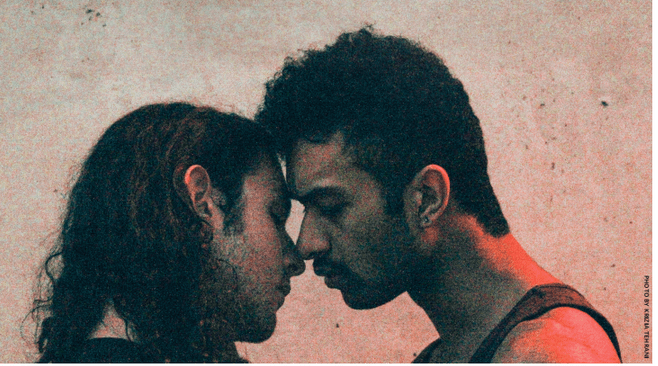Labels are something that people from any walk of life are going to have to deal with. It often seems like our unique, complex lives are reduced to a few words that simply scratch the surface of who we are. Perhaps it is human nature to categorize each other and place one another into groups for various reasons.
For gay men who already struggle to live outside of their seemingly all-encompassing homosexual identity, the problem of labelling is one that is amplified. Unfortunately, the gay community can be very divisive in the way it segregates and organizes one another into groups or stereotypes.
These include labels such as “twink,” a usually hairless and young attractive man, or “bear,” a larger, hairier man with a rugged appearance. While these labels might reflect a physically diverse community of gay men, they are limiting and very divisive.
I know firsthand of the separation that exists amongst these groups of gay men, which are largely present on any dating app where the familiar phrase “masc for masc” appears, in which masculine men only seek masculine men, completely excluding other gay men who may possess effeminate characteristics.
This leads to the inevitable discussion of topping and bottoming in the gay community. A large amount of academic and social research has been done in determining the reasons and effects of these labels.
I have never found it particularly objectionable to only want to top or conversely, only want to bottom. Many will equate this to deep insecurity or internalized homophobia, which may perhaps be the case for some, but may just be a personal preference, and for that, a judgement should not be passed. God knows we don’t need any more of that.
Labels, associations, stereotypes, and fears that exist around these labels are troubling to say the least. I vividly remember my straight male friends asking me, soon after I came out to them, whether I “gave or received” and being confused and anxious in how I should respond.
Despite their innocent intentions, their question was rude and invasive. But more importantly, my fear of potentially answering that I was a bottom spoke to the wider contexts of shame and embarrassment that exist in the gay community.
The patriarchal and heteronormative constructs of our society are more than partially responsible for these feelings. Being perceived as passive is seen as being womanly and subsequently, as lesser. In contrast, the top label is benefitted as being perceived as men, albeit not completely “real men” as their homosexual label, according to heteronormative framework, denies them of this status. To repeat, it is not being exclusively a “top” or “bottom,” but the labels and associations surrounding these words that appear the most worrisome.
Adding complexity to the issue of labels is race in the gay community. Media representation of the LGBTQ+ community has a come a long way in including characters that reflect the issues that surround queer life.
One thing has been largely missing, and that is diverse gay representation. Nearly all gay couples portrayed on television are Caucasian and this unfortunately adds to the normative nature of what it means to be a conventional gay man.
Shows such as How to Get Away with Murder and Empire are challenging these views, but there is still a lot of work to be done. I have been appalled to see bios on dating apps such as Grindr that explicitly state “No brown or Asian guys.” Although this prejudice and racism is not simply subject to the gay community, there seems to be sense of minorities within a minority, in which the diverse voices in our community are seemingly being silenced even more than they already are.
There is an argument to be made that these labels exist as a way of identifying personal preference. I would be lying if I said I didn’t have a type. The desires and preferences that we have romantically and sexually are not things we should necessarily feel bad about, although saying “no” or “only” seems a bit excessive and exclusionary.
But when we begin to not associate with, or respect people who identify as something, whether it be South Asian, “bottom,” or “twink,” then we begin to attach the same discrimination and prejudice to each other that has been applied to us for hundreds of years.
It all adds up to the same thing: it’s time for us to stop emphasizing so much on labels and start appreciating each other for our differences rather than separating ourselves due to them.
Bradley Ferns, Contributor
Featured image courtesy of Krizia Tehrani


